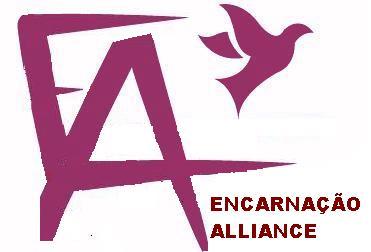Poor Peoples' Churches
Poor People's Discipling Movements are multiplying clusters of believers(can be churches) within the context of urban poverty, lead by leaders from among the urban poor. They follow the movement principles of Gerlach and Hine and demonstrate the characteristics developed by Grigg in Cry of the Urban Poor. Yet they are diverse in structure, according to the socio-religous context (e.g. Victory Outreach among the Drug addicts of East LA and the world; The Salvation Army, Latin American Pentecostalism, Mega church urban pooor cells, Catholic Base Communities in Latin America...).
There is a significant debate occuring in the US as to what is the nature/structure of the church. It is somewhat irrelevant to poor peoples' church movements but for Western missionaries worth reflection. To be effective cross-culturally we need to have reasonably clear answers as to fundamental principles and philosophy of church (principles are cross-cultural), and to hold lightly traditions and culture-determined structures and practices (which are not necessarily cross-cultural).
What is a Faith Community? Viv Grigg

Classwork
Work in groups and from the readings define:
- 1. In a chart or powerpoint compare Snyder's 8 Principles of the Acts 2,4 church model with:
- a. Structured Traditional Western Church
- b. Organic Church - Covenant Churchplanting Model
- c. Church DNA -Cole/ Frost
- d. Simple Church What is SImple Church? (video) or blog
- e. Emergent Church Church Outside the Walls, Part 2
- f. Cell church Cell Church Revolution (Help us find a better video)
- g. 8 Principles of Natural Church Growth - Schwartz
- h. Post-Christendom Mission Alan Hirsch
- i. What is a Faith Community? Viv Grigg
-
2. How do each of these models relate to the concept of poor peoples' churches?
-
3. How do they relate to the Biblical symbols of the church as defined by Driver?
Some of us prefer the phrase "Discipling Movements", as the commission of Jesus was to make disciples of the Nations. We feel that the phrase churchplanting has a structuralist emphasis of pragmatic Aemricanism rather than emphasising the personal, organic processes Jesus developed.
Websites
Kimball Dan. (2003). The Emerging
Church: Vintage Christianity for New Generations.
Zondervan/Youth Specialties. ,http://www.amazon.com/Emerging-Church-Vintage-Christianity-Generations/dp/0310245648 272 pages.

